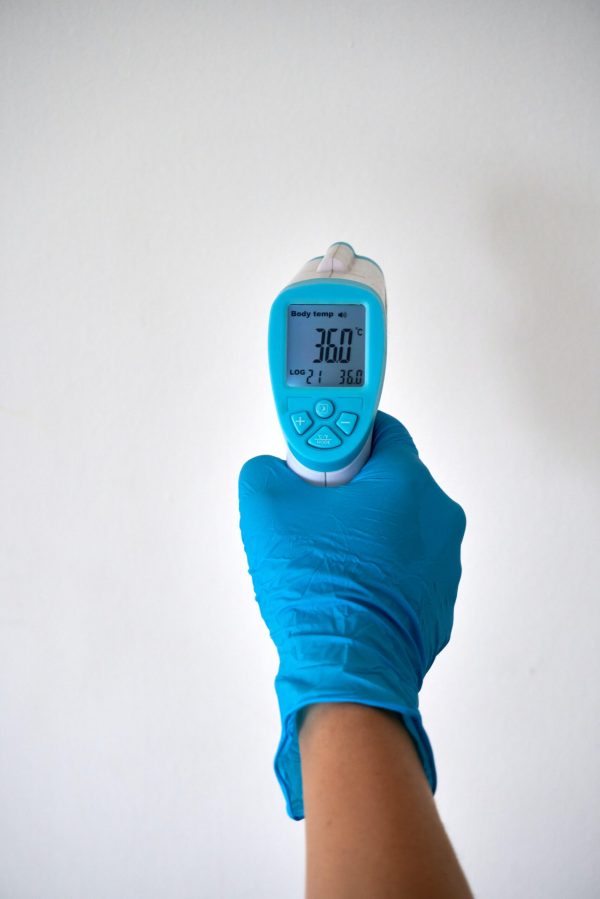If you’ve recently gone out for a drive to break up your day at home, it’s likely you’ve noticed the increase in traffic. I know that my commute to/from our headquarters, where I’d go in to make sure checks were signed and other essential duties were tended to, has begun to show signs of the “old ways” of navigating merging cars on the highway.
This brings some good news in this Coronavirus saga: many of our state’s areas are moving into Phase 2 of reopening! As businesses begin to operate, it is certain that there are added rules to guide what and how things are done. Many of these can be found on the state’s Safe Start page, where, for each industry that is eligible to reopen in either Phase 1 or Phase 2, business owners can find guidelines in which to follow.
Each set I’ve reviewed so far has included the item “screen employees for signs/symptoms before each shift”. An important aspect, for sure, in keeping everyone safe, but there’s quite a bit underlying this requirement that needs to be thought through from an HR perspective.
First, it’s important to review the ADA and HIPAA laws. Be familiar with it, as in “typical times” many of the things you may discover when screening employees each day may be protected information. And once you know, you know. It’s about maintaining confidentiality of the records. This is health information, so it should be stored under lock and key, and separate from the daily employee files.
Then consider EEOC guidelines, another important part of the puzzle. Truly, it is because this crisis is labeled as a pandemic that employers are even allowed to ask any of the questions that would be part of a screening process. Without that designation, it is highly likely that the questioning would fall against regulations. The information gleaned in these times, again, is highly confidential and cannot be “unknown” — and the EEOC will be watching closely to ensure that any information discovered does not ever effect anyone’s individual work status outside of what is allowed during the pandemic time frame.
Having these things freshly in mind, what, really could screenings look like? They could be an electronic questionnaire that is emailed within a suitable time frame before one’s shift that is filled out and submitted before reporting to work. Or employers have “screeners” that workers report to prior to entering the facility in which questions are asked to clear the employee. They could also be paper forms which are filled out. It is vital, in order to stay within legal guidelines, that the questions being answered are directly related to the symptoms and traits of the Coronavirus pandemic. Asking anything outside of those bounds is not permissible by EEOC.
And does an employer mandate or have voluntary temperature checks? That’s a decision to make that also involves training someone to take those temperatures accurately and ensures the information is held private.
Whatever is decided about the screening process, here are a handful of sample questions to make up your screening questionnaire:
- Since your last day of work, have you run a fever of 100.5 or above?
- Are you currently experiencing any of the following COVID-related symptoms?
- Cough
- Shortness of breath
- Chills
- Abnormal muscle pain
- Sore throat
- Loss of smell or taste
- Since your last day of work, have you been in close contact (within 6 ft) with anyone diagnosed by a medical professional with COVID-19?
- Since your last day of work, have you visited a place where COVID-19 is spreading?
Make sure to have the employee authenticate their answers, easily done by their submission of an electronic form via email, or by simply having them initial/sign the paper form. With these questions answered, and by following robust cleaning routines and other industry-specific guidelines, employers can properly protect their staff while they are in the workplace.

